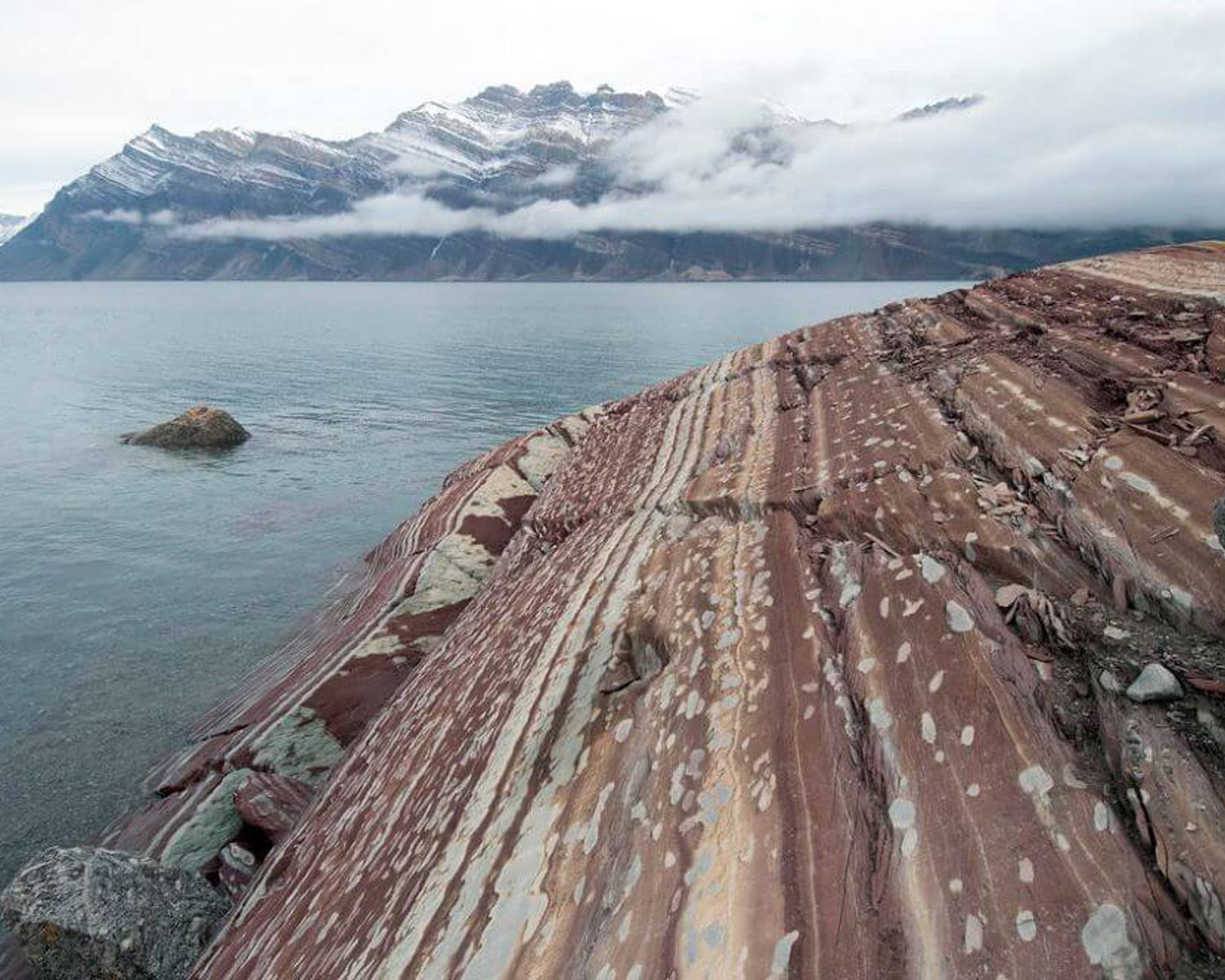Polar chimneys

Some have suggested modifying incoming and outgoing radiation budgets in the Arctic to mitigate the warming in the region.
Bonenelle and de Richter (2010) and Ming et al. (2014) describe a polar chimney built on the Arctic coasts alligning mountains, like Alaska or Norway. The system consists of a large tower leaning against the relief that sucks in cold polar air, coupled with a heat exchanger at the bottom that reacts with the relatively warm waters of the gulf stream. In two heat exchange processes this system would generate energy, whilst also helping sea ice formation and cooling down seawater. Moreover, in Ming et al. (2014) description, an addition would encourage snowfall and thereby 'increase polar albedo'.
Analysis overview

Technological Readiness Level (TRL)
Low 1
Technological Readiness Level (TRL)
A technology with a TRL of 1-3: TRL 1 – Basic; TRL 2 – Concept formulated; TRL 3 – Experimental proof of concept

Scalability
Low 1
Scalability
Physically unable to scale; sub-linear/logarithmic efficiency of scalability

Timeliness for near-future effects
Low 1
Timeliness for near-future effects
Implemented too late to make a significant difference

Northern + Arctic potential
Low 1
Northern + Arctic potential
No noticeable extra positive effect beyond the global average; technology is unsuited to the Arctic

Global potential
Low 1

Cost - benefit
Unknown 0

Environmental risks
Unknown 0

Community impacts
Beneficial 3
Community impacts
Significant benefits to communities

Ease of reversibility
Unknown 0

Risk of termination shock
Low risk 3
Risk of termination shock
Low or insignificant termination shock or damage

Legality/governance
Possible 3
Legality/governance
Currently legal to deploy, with governance structures in place to facilitate it and/or financial incentives to develop it

Scientific/media attention
Low 1
Scientific/media attention
Very low attention from individuals and/or abandoned ideas; low media attention; no commercial interest.
References
Bonnelle, D. (2003). Vent Artificiel, “Tall is Beautiful”: examen des perspectives de gains de rentabilité d'une énergie renouvelable déjà presque rentable. Ed. du Cosmogone. Lyon. 79pp.
D. Bonnelle, R.K. de Richter. (2010). 21 énergies renouvelables insolites pour le 21ème siècle. France: Ellipses. 173pp.
Ming, T., Liu, W., & Caillol, S. (2014). Fighting global warming by climate engineering: Is the Earth radiation management and the solar radiation management any option for fighting climate change?. Renewable and Sustainable Energy Reviews. 31: 792-834. https://doi.org/10.1016/j.rser.2013.12.032








